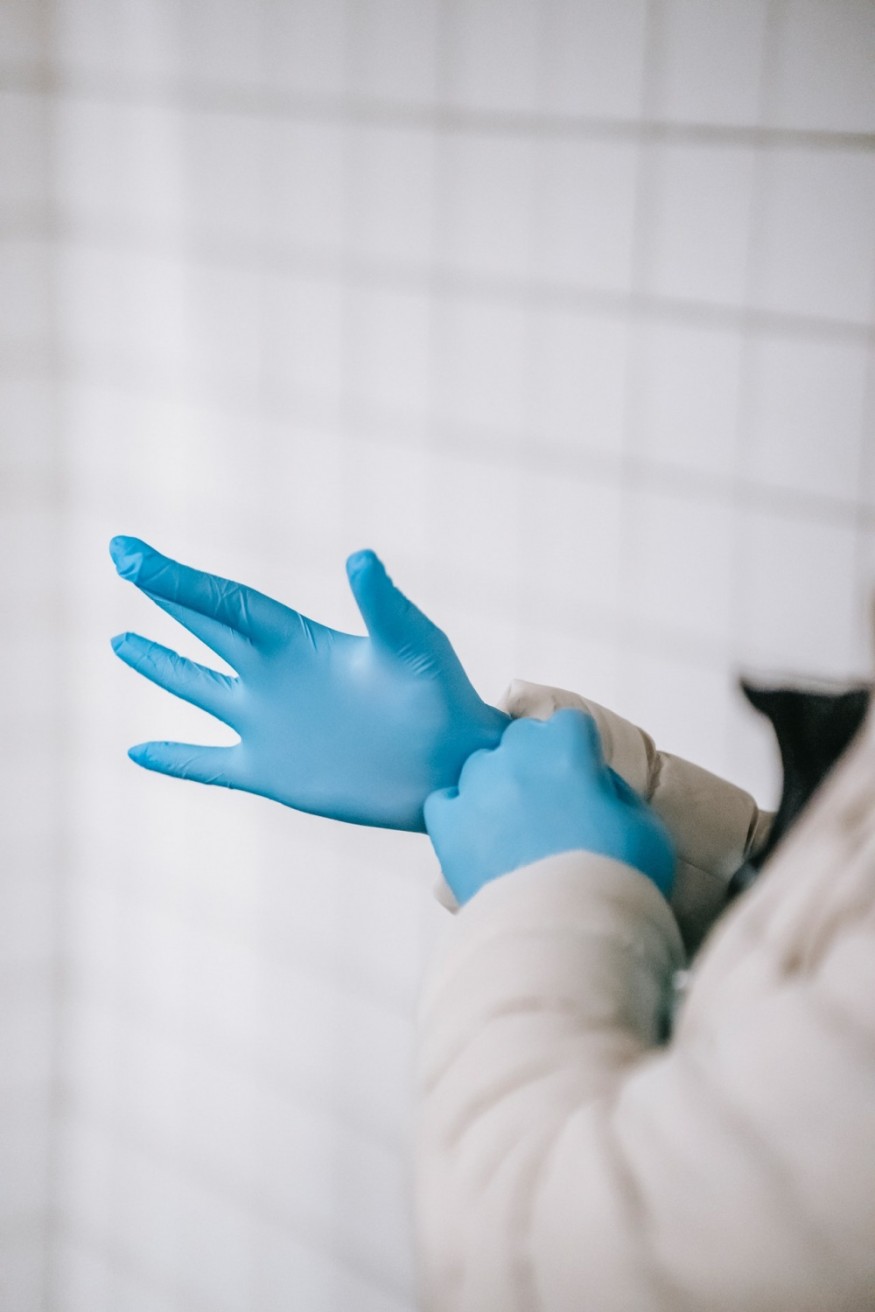The rising cases of Buruli ulcer in Australia has scientists scrambling to understand the mysterious flesh-eating disease.

Adam Noel noticed slightly red raised marks on the back of his ankle roughly a week ago. After two more weeks, it became some sort of skin irritation. With hospitals struggling to cope with the onslaught of the COVID-19 pandemic, he was told by Australian doctors that the wound would heal up soon.
However, after a few days, he could see his Achilles tendon through the now, tennis ball-sized hole in his skin. He went back to the hospital at St Vincents's, one of Australia's leading hospitals. He was admitted for a week taking biopsies until doctors confirmed the cause of his ordeal.
It was Buruli ulcer: a bacterial disease that causes large open wounds, and if it remained untreated, could lead to permanent disfigurement.
What is Buruli Ulcer?
According to the Center for Disease Control and Prevention, Buruli ulcer is caused by the bacterium Mycobacterium ulcerans. It often affects the skin but can also cause problems in bones. With cases generally seen in tropics, primarily in West Africa and Australia.
Buruli ulcer often leads to ulcers on the limbs (arms, and legs) that can also destroy soft tissue or skin. If not properly treated, this flesh-eating disease can lead to irreversible deformity or long-term functional disability.
Symptoms of Buruli ulcer often include the swelling of the skin, destroyed soft tissue and skin, or one or more slow-growing painless ulcers.
Statistics say that in 15 out of 33 countries where Buruli ulcer is often found, roughly 5,000-6,000 cases are reported annually.
ALSO READ : Researchers Reveal Possible Cure for Baldness
Role of Possums in the Spread of Flesh-Eating Disease
Scientists now believe that possums, the fluffy nocturnal creatures, may play a vital role in the transmission or spread of the Buruli ulcer to humans. On the other hand, these adorable creatures and is found in high quantities in their faeces.
Much of the possum's natural habitat has been lost due to increasing land development over the years, bringing possums and humans closer together as the two species vie for space they quite possibly are driving up cases for Australia's flesh-eating disease.
Rising Threat of Buruli Ulcer in Australia
Noel lives in Melbourne an affluent area a popular holiday destination for city-dwellers. It's not exactly a place where people expect to hear of rampant flesh-eating diseases. However, cases of Buruli ulcer in Victoria tend to be found across the area. In the state, cases have tripled in recent years.
Doctors reported 65 cases in 2014, 299 cases in 2019, and 218 cases in 2020.
Daniel O'Brien, an infectious disease expert and an expert on Buruli ulcer says, "No matter how small the lesion, or how big it is, there's nobody that's not significantly affected by this disease."
He adds that scientists are currently scrambling to find more information on the disease asking important scientific questions such as environmental contributions, how animal reservoirs impact human transmissions.
Unless these questions are answered, controlling the disease would prove to be a struggle especially with hospitals struggling to cope with the COVID-19 pandemic.
Related Story : Valentine's Day Heart Health Tips from Science
Check out more news and information on Medicine & Health on Science Times.
© 2026 ScienceTimes.com All rights reserved. Do not reproduce without permission. The window to the world of Science Times.










